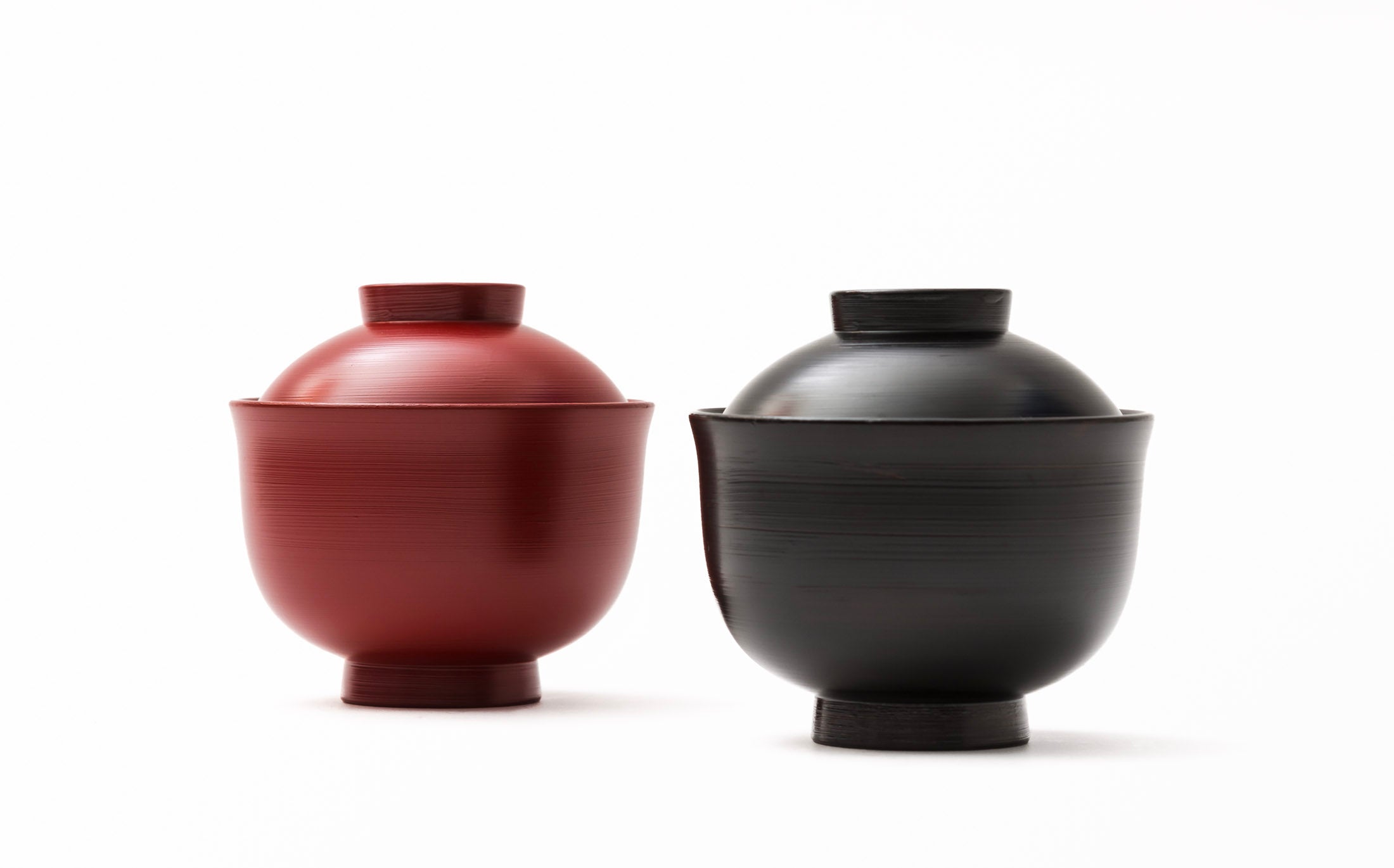TABLEWARE COLLECTION
PORCELAIN & CERAMIC
The people who create TIME & STYLE products range from artists who do everything themselves, from creating the clay to shaping and firing it, and artisans who have mastered their techniques under a system of the division of labor such as model sculptors, clay makers, mold makers, green ware makers and kiln workers.
In many regions in Japan where ceramics and porcelain are produced, even now, various kinds of dishes are produced depending on the sophisticated techniques of artisans.

Porcelain, Ceramic and Glass
Hikari

Porcelain
Yamabuki

Porcelain
Vent blanc

Porcelain
Ju-bako

Porcelain
Shirotae

Porcelain
Tamaki

Porcelain, Stoneware
Kaoru, Kaoru noir

Porcelain
Hiya

Porcelain
Sakazuki

Porcelain
Katsutoshi Mizuno
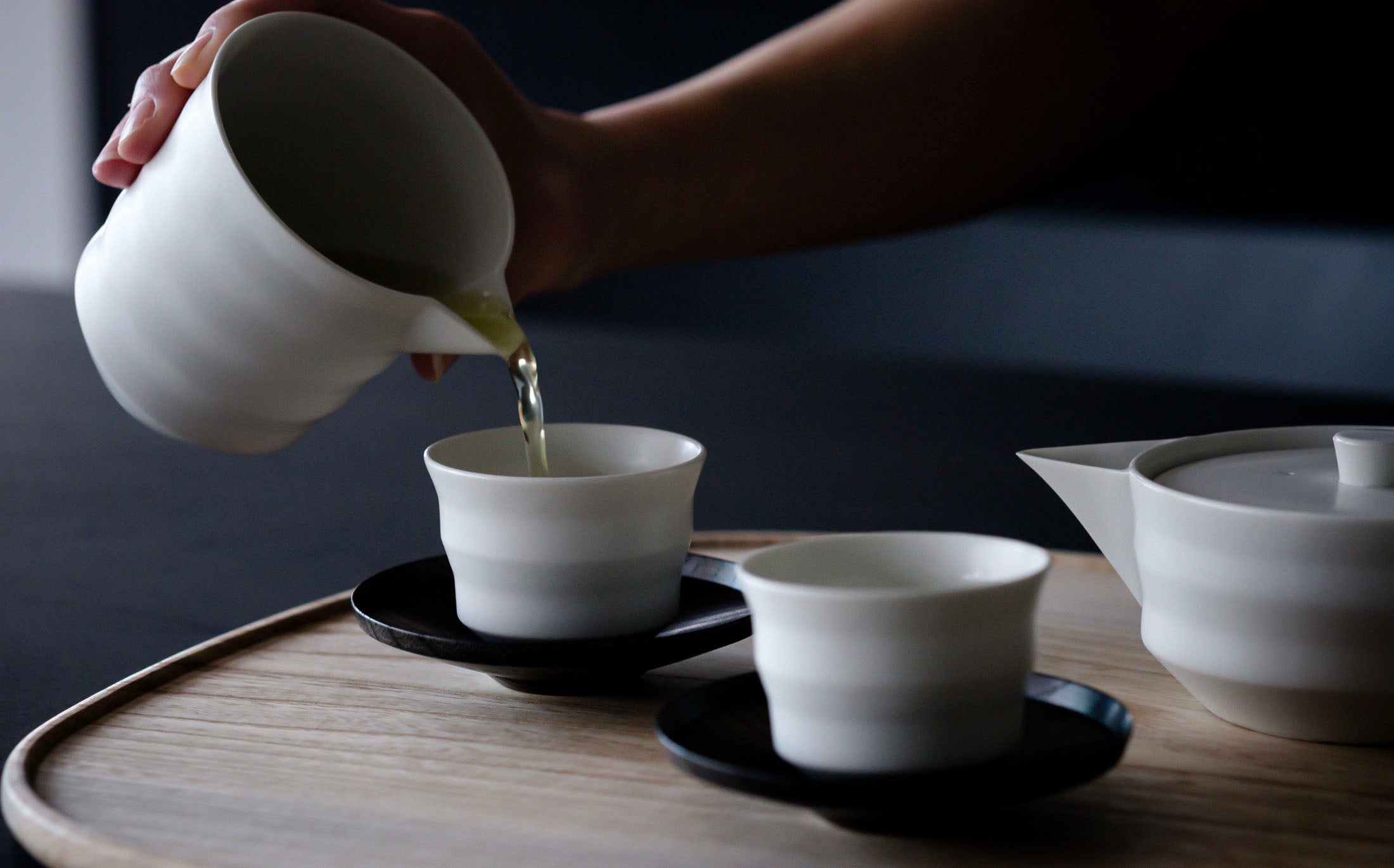
Porcelain
Ureshi
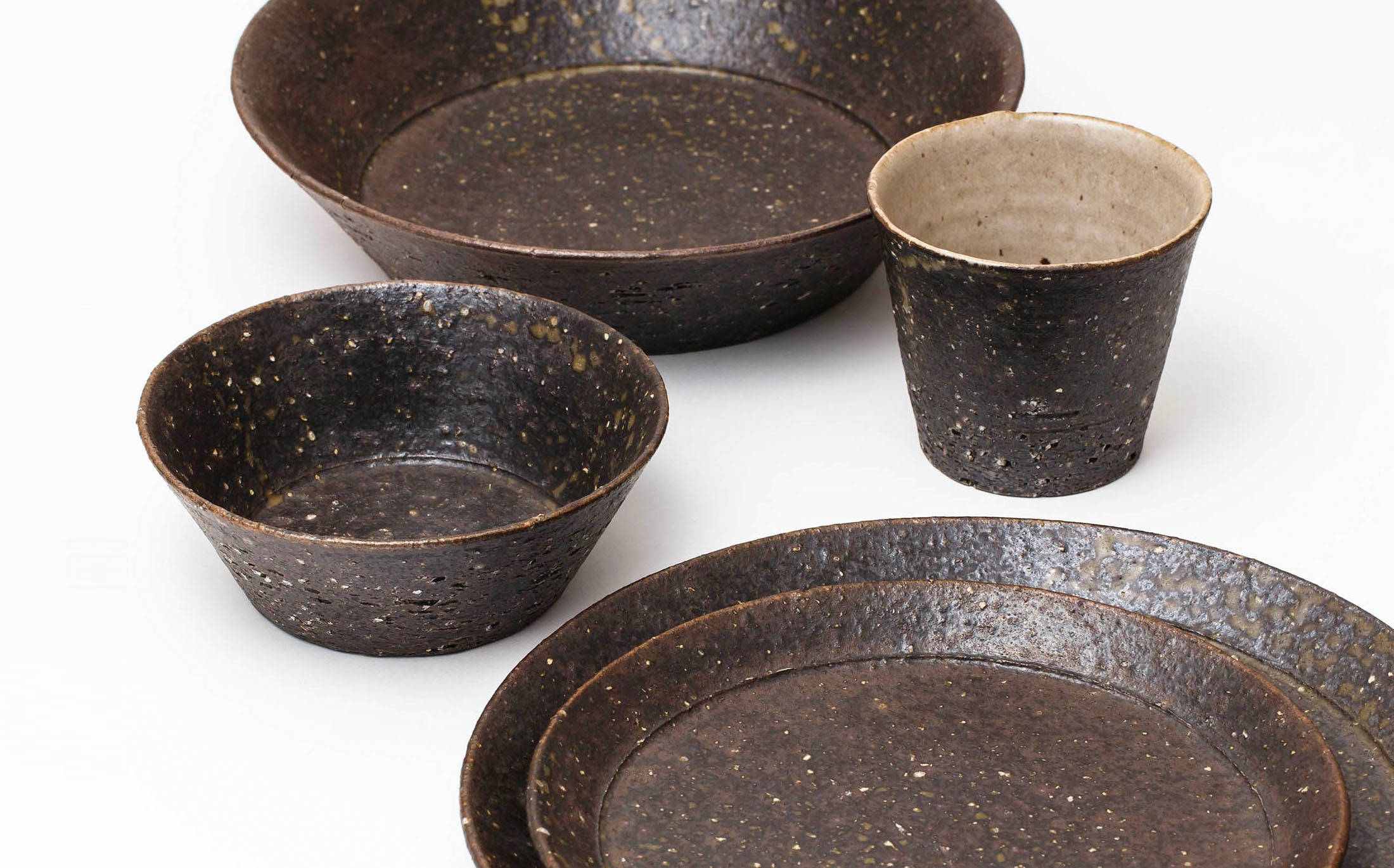
Ceramic
Ishime

Ceramic
Oribe

Ceramic
Ame

Ceramic
Namida

Ceramic
Hanamizuki
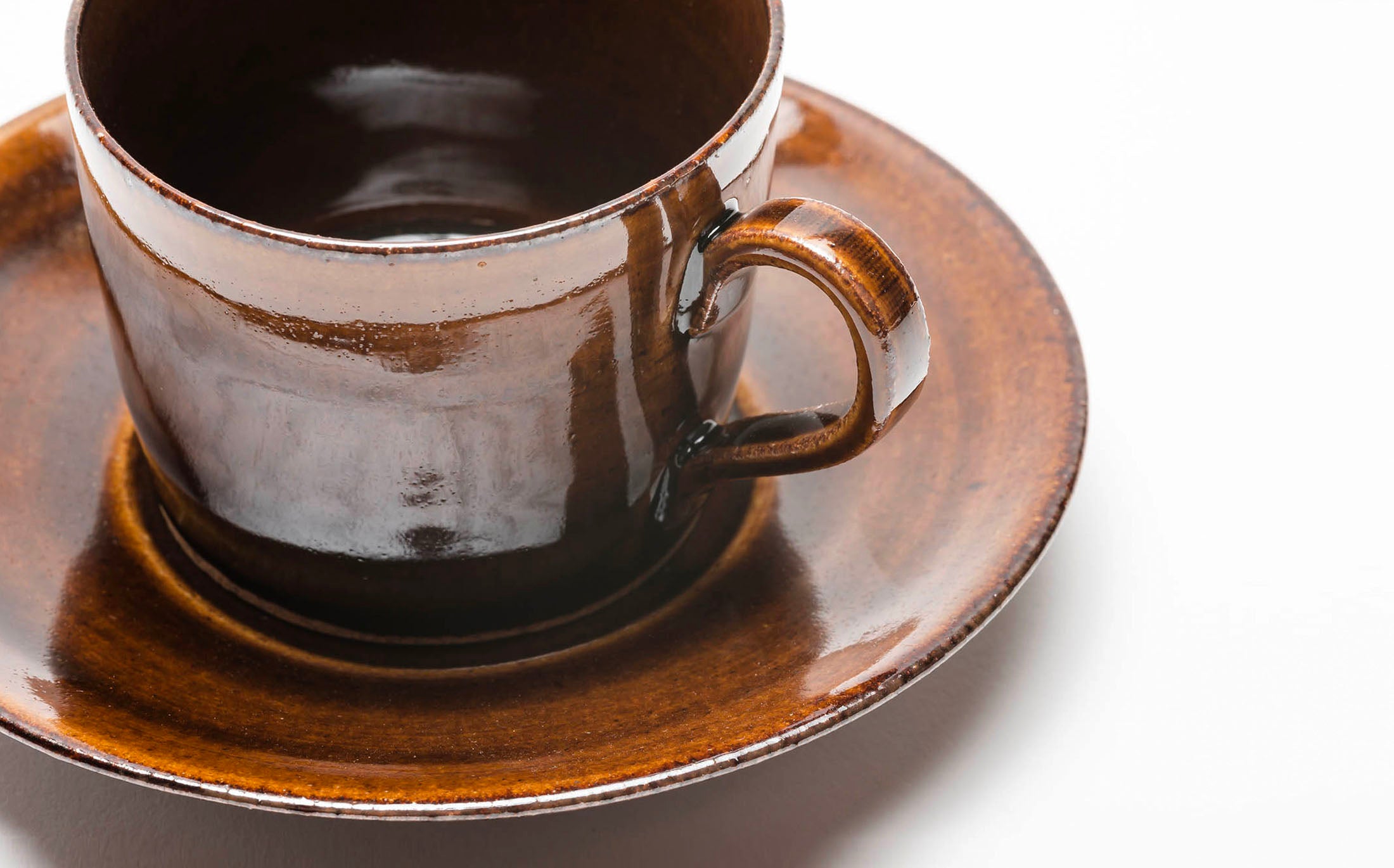
Ceramic
Asayake
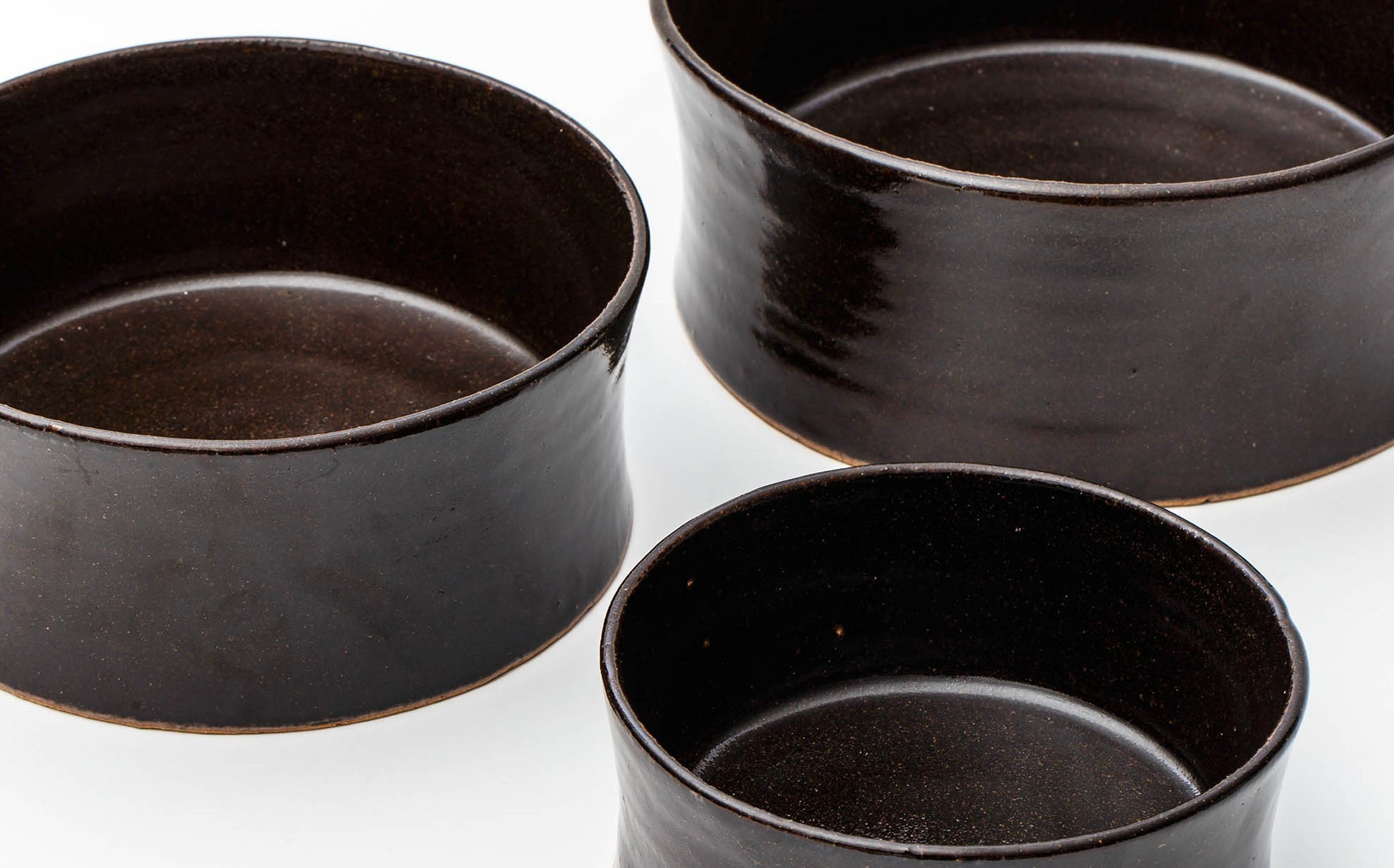
Ceramic
Fire & Rain

Ceramic
Kafka

Ceramic
Kasama
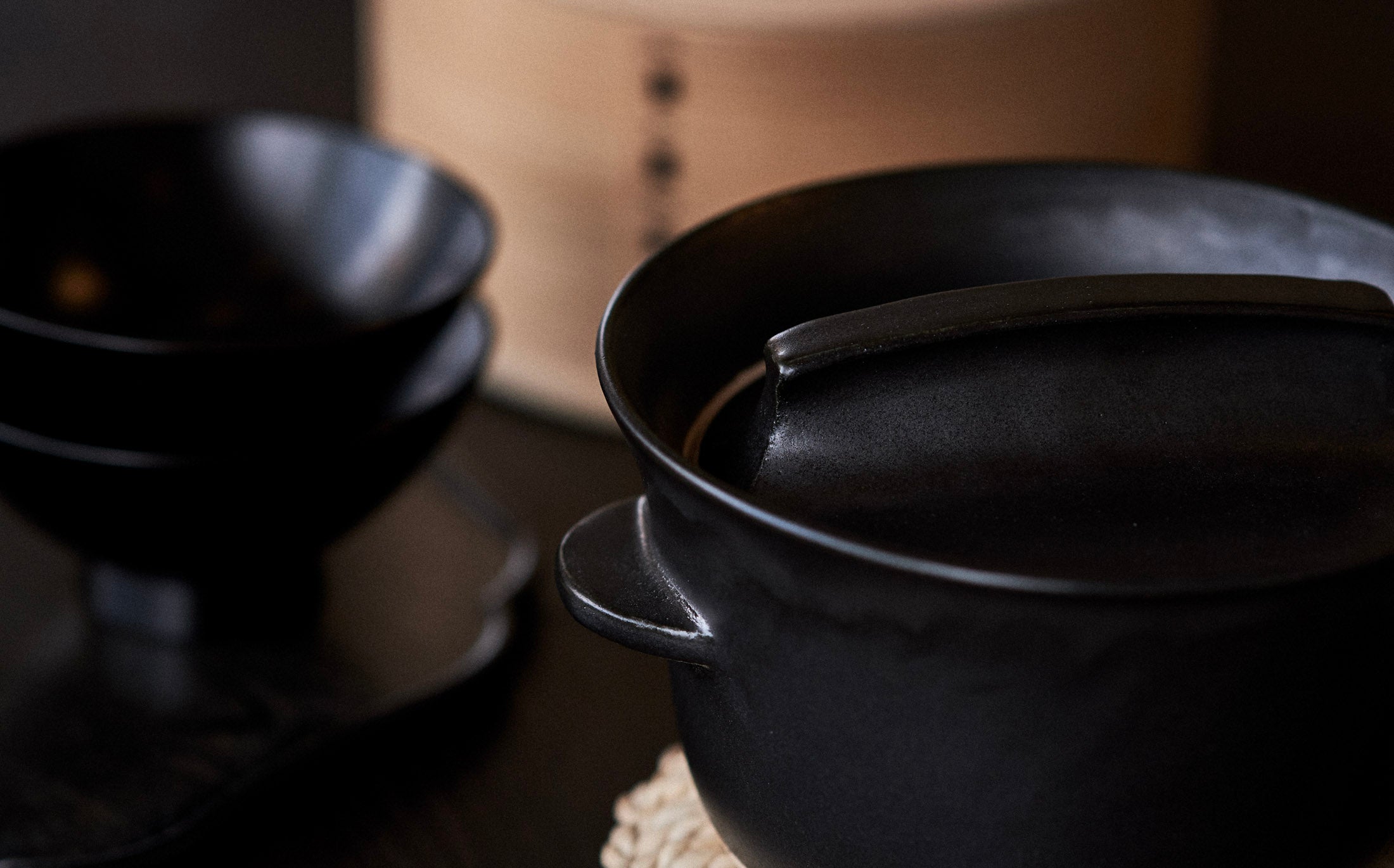
Ceramic
Meshi-nabe

Ceramic
Iwami
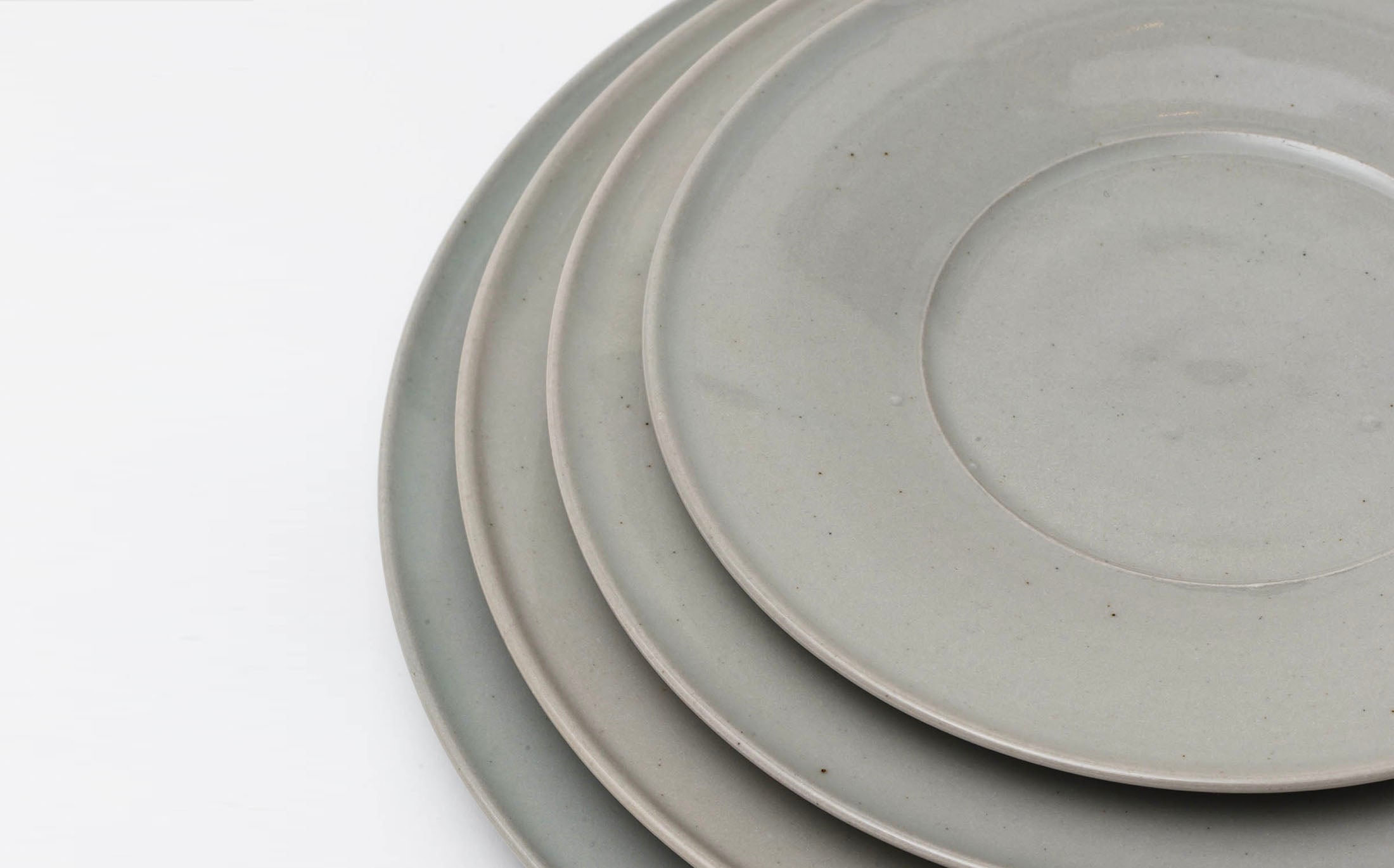
Ceramic
Miyuki Koizumi

Ceramic
Kanzan
GLASSWARE
At the glass factories in the traditional areas of Tokyo, they continue their conventional methods that have hardly changed at all over the years, and they are committed to making their products by hand.
JAPANESE LACQUER
The lacquerware, made carefully, slowly, and laboriously, develop a more lustrous black and a more brilliant vermilion over time, with the lacquer becoming more transparent the longer it is lovingly used, bringing about a deeper f lavor. Even if scratched or broken after long periods of use, lacquerware can be repaired, so it is made from natural materials. Putting it back into shape and recoating the surface will allow passing it down over the generations for decades of further use.
FLOWER VASE
TOWEL
Refined bleaching is a very important process in the creation of towels.
This process, wherein oil content and other impurities are removed from the thread by soaking it in clean water for a very long time before dying, brings out the absorbency and natural whiteness which are inherent in the cotton.
It is not a process that seeks rationality such as through cost or time reduction, and leaving just the right amount of the cotton's oil content results in a towel which is soft, absorbs water, and won't harden even after years of use.















